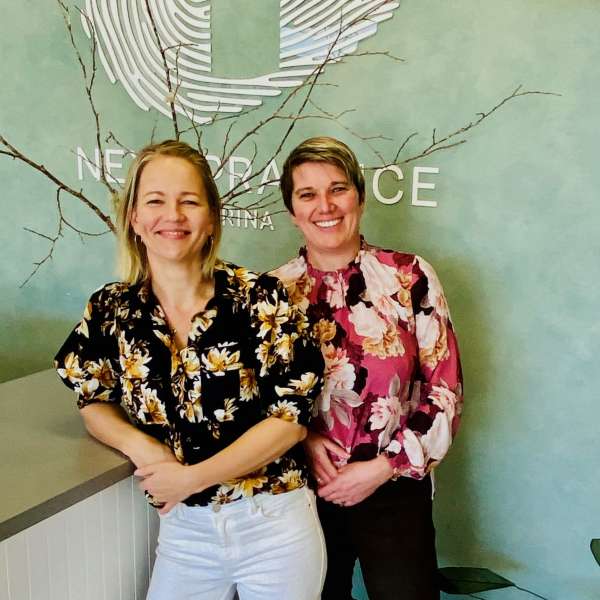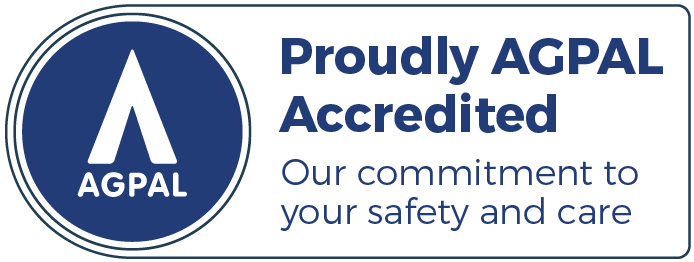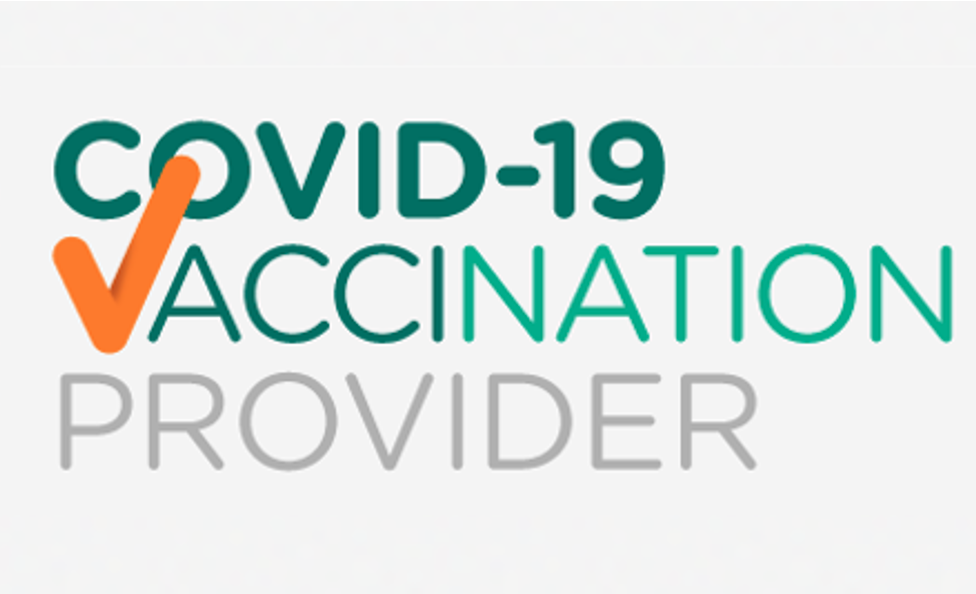
Why an integrative approach
The term ‘integrative medicine’ is an evolving. There are various definitions however you could use ‘‘the practice of medicine that reaffirms importance of the relationship between practitioner and patient, focuses on the whole person, is informed by evidence, and makes use of all appropriate therapeutic approaches, healthcare professionals, and disciplines to achieve optimal health and healing’’. Aspects of integrative medicine include whole person care, promotion of health and wellness (rather than just treatment of illness and injury) and a collaborative team approach where each skill set is equally valued.
What does it offer and how can it address issues we face?
Integrative Care can offer a more holistic approach. While a great deal be said for the advances in modern medicine and it's ability to save lives and progress new treatments , especially in the area of Cancer therapy, there are gaps appearing. Chronic pain and the rise of opioid use and their adverse effects is a classic example. This rise of chronic disease is visible and the "one system approach" to treat symptoms or keep people "well within their disease" does not suit everybody. Integrative Care offers the best of both worlds. An opportunity to optimise traditional care yet also explore safe, evidence informed alternatives that the patient is interested in and may also benefit from. It places the an informed patient, right at the centre of care. The literature shows that an informed and engaged patient will improve health outcomes.
Why is it important to explore other methods outside of conventional medicine?
We are not saying that it is one or the other. Integration means" to make whole". Demand for alternative therapies is high, with over 70% of the population using complementary therapies. We also know that, of those, most do not disclose this to their GP, raising the potential for interactions, adverse events and poorly coordinated care. Integrative Medicine takes into account three factors, Patient Desire and needs, Clinical context and the best available evidence for both conventional and complementary methods. It is important to create space for all of these areas and engage in such conversations with patients.


